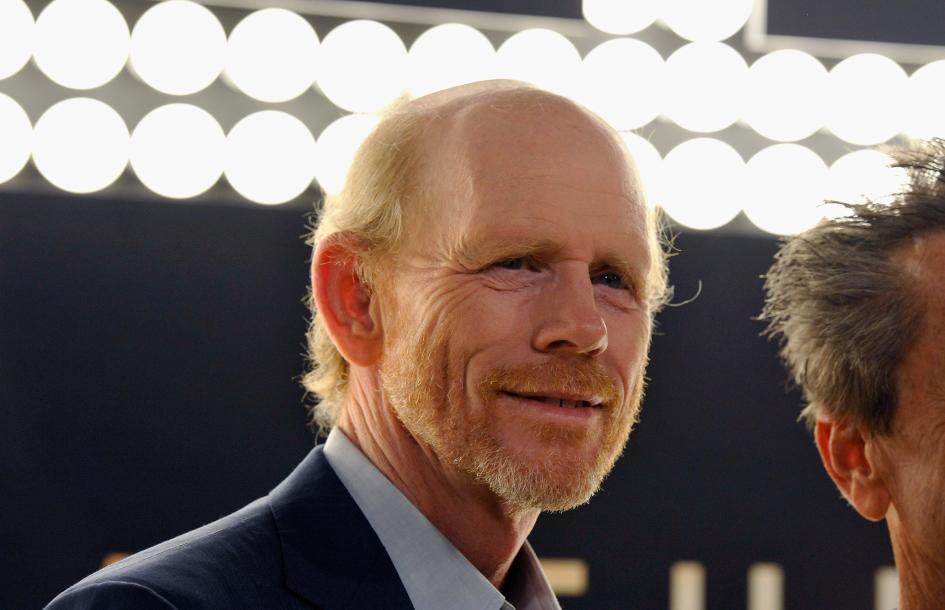Category: science – Page 112

How Estonia blazed a trail in science
Still, Estonia’s research prowess is an example of how quickly a small country can turn its scientific fortunes around with international support and well-designed domestic policies — and its success has drawn attention from other nations looking to build their scientific capacity. Latvia, for instance, borders Estonia and joined the EU at the same time. “We started from a very similar position,” says Dmitrijs Stepanovs, Latvia’s deputy state secretary and director of the higher-education and science ministry, but “now we are far behind and must try to catch up.”
A small nation found strength in research after joining the European Union.
The Crisis Of Science
Corbett Report covers data manipulation crisis within the sciences.


Science Saturday: Multi-Level Selection Theory | Razib Khan & David Sloan Wilson [Science Saturday]
Looks like an interesting new book.
01:34 Group selection: what it is and why it’s controversial
16:58 David defends group selection against its strongest critics.
28:09 Does group selection have a socialist dark side?
38:21 Razib on how a scientist went in a “dark direction”
47:19 Using evolutionary science to solve real-world problems.
56:23 How understanding evolution can make you a better teacher.
Razib Khan (Unz Foundation, Gene Expression) and David Sloan Wilson (Binghamton University)
Join the conversation on Bloggingheads.tv:
http://bloggingheads.tv/videos/2361
Recorded on December 02, 2009

Small research teams ‘disrupt’ science more radically than large ones
The current infatuation with large-scale scientific collaborations and the energy they can bring to a scientific domain owes much to the robust correlation that exists between citation impact and team size. This relationship has been well documented in the emerging ‘science of science’ field. Writing in Nature, Wu et al. use a new citation-based index to nuance this conventional wisdom. They find that small and large teams differ in a measurable and systematic way in the extent of the ‘disruption’ they cause to the scientific area to which they contribute.
The application of a new citation metric prompts a reassessment of the relationship between the size of scientific teams and research impact, and calls into question the trend to emphasize ‘big team’ science. The disruptive contributions of small teams to science.


Europe’s next €1-billion science projects: six teams make it to final round
The six newly shortlisted initiatives include: a project that would explore how AI can enhance human capabilities; one to hasten clinical availability of cell and gene therapies; a personalized-medicine initiative; two projects that aim to make solar energy more efficient; and a humanities project called the Time Machine, which seeks to develop methods for enabling digital search of historical records in European cities.
AI enhancement and a virtual time machine are included in the shortlist of pitches.